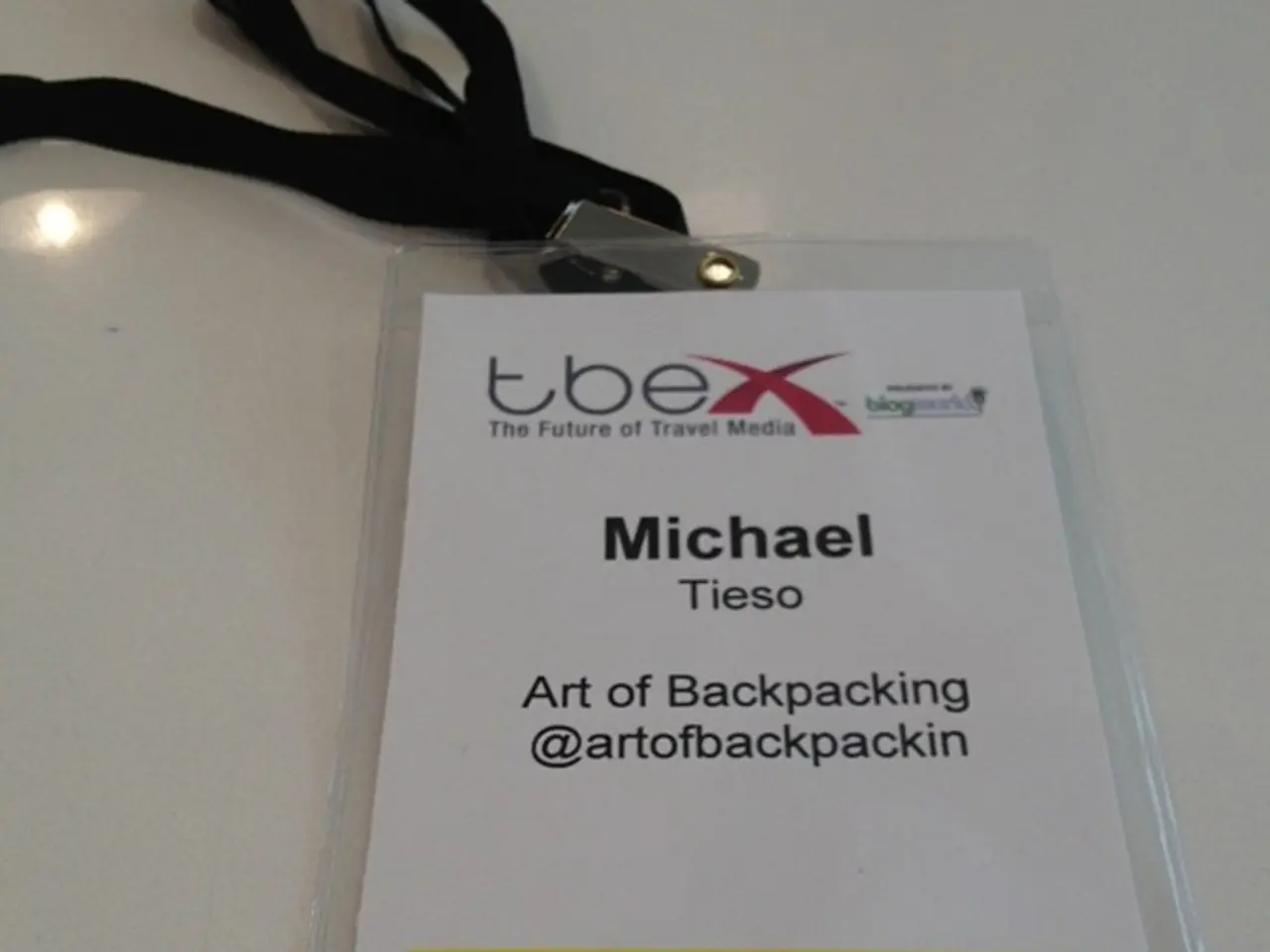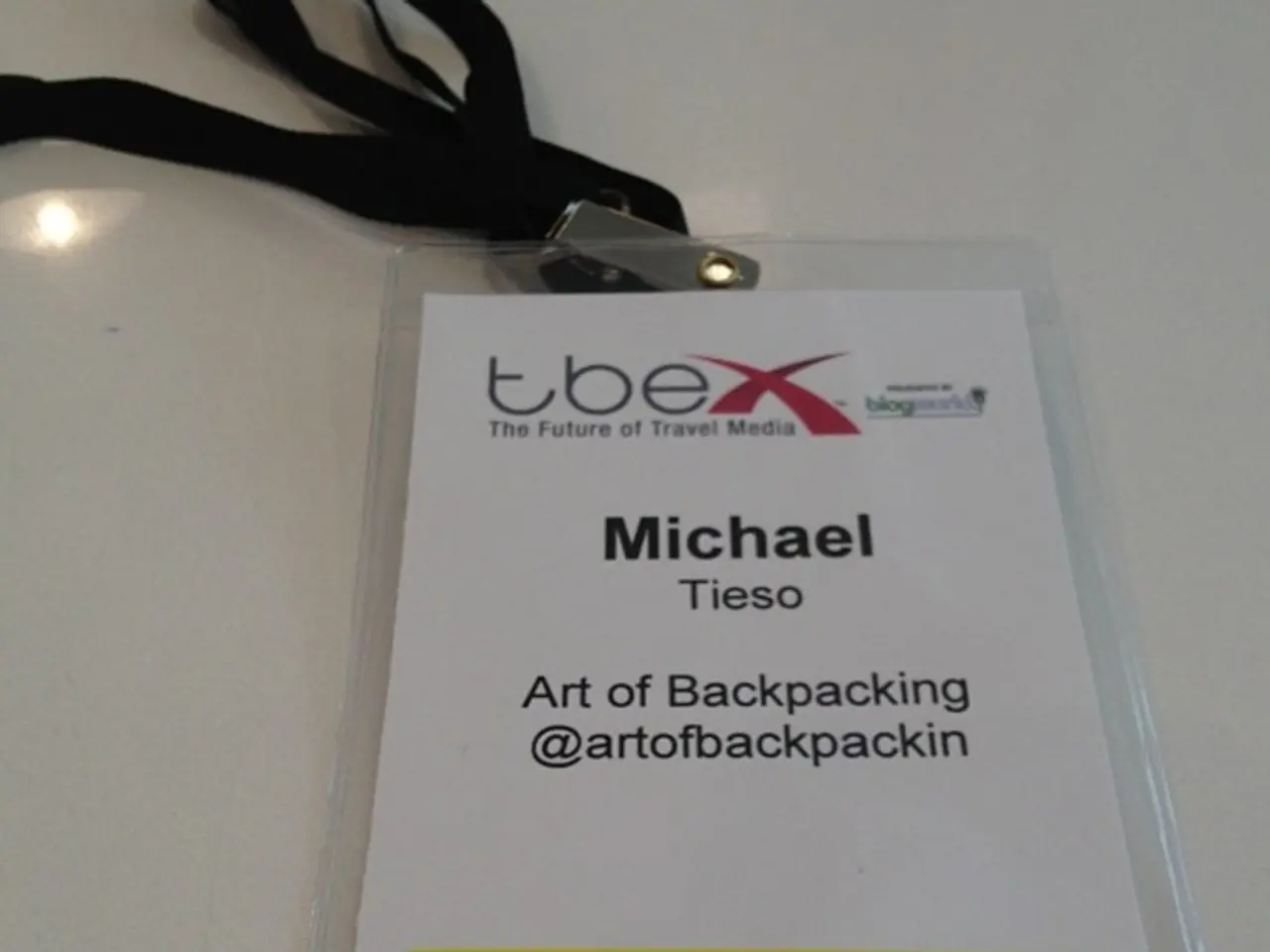USDT's market capitalization experienced a decline following the implementation of MiCA regulations.
The European Union's (EU) Markets in Crypto-Assets (MiCA) regulation, effective from December 30, has brought a significant shift to the cryptocurrency market, particularly for stablecoin issuers and the broader digital asset industry.
MiCA introduces a unified regulatory framework for crypto-assets, mandating licensing for crypto-asset service providers (CASPs), enforcing strict operational, governance, and transparency requirements, and establishing specific rules for stablecoins. This move aims to create a legally certain and harmonized market environment [1][2][3].
For stablecoin issuers, MiCA divides tokens into two categories: e-money tokens (EMTs) pegged to a single fiat currency and asset-referenced tokens (ARTs) backed by multiple currencies or assets. Issuers of these stablecoins must be licensed within the EU, maintain fully backed reserves, comply with disclosure and risk management requirements, and submit to EU supervision [2][4].
Existing stablecoins like EUROe, EURC (Circle’s euro-backed stablecoin), Monerium EUR, and Anchored Euro have either obtained or are pursuing MiCA compliance, offering fully backed, audited, and redeemable digital money under EU supervision. Tether, a significant player in the stablecoin market, faces the need to meet these regulatory standards if it continues to operate in the EU [4].
The broader cryptocurrency market stands to benefit from MiCA in several ways. Harmonization and legal clarity are introduced through a single EU-wide licensing regime, encouraging compliant cross-border services and investment while reducing operational complexity [1][2][3]. Investor and consumer protection are enhanced with enforced custody, transparency, and compensation rules, reducing risks from fraud and market abuse [2][3].
Operational and governance standards for CASPs are also raised, requiring firms to meet capital, anti-money laundering/counter-terrorist financing (AML/CFT), and cybersecurity standards, thereby reducing systemic risk and improving market integrity [1][5]. Legal accountability is reinforced, with non-compliance leading to civil liability for losses [5].
Uldis Teraudkalns, revenue director at Paybis, noted that MiCA significantly alters the EU's cryptocurrency landscape. Teraudkalns highlighted advantages such as improved investor protection and reduced fraud risks [6]. However, he also expressed concerns about the potential industry consolidation and reduced competition due to increased costs [6].
Tether, with substantial cash reserves and diverse income streams, is projected to make around $10 billion in profit this year [7]. Despite initial criticism, Tether's CEO, Paolo Ardoino, later expressed a more positive view, stating that MiCA is an "enormous gift" for traditional financial institutions [8].
The EU market remains attractive, and companies may migrate to regions with softer regulation if they find MiCA's requirements too burdensome [9]. Jurisdictions near the EU, like the UK and Switzerland, could potentially benefit depending on their regulatory approaches [10].
In conclusion, MiCA aims to integrate crypto-assets securely into the regulated financial framework, supporting innovation while safeguarding financial stability and consumers in the EU. This move is likely to influence global regulatory norms and encourage the professionalization and maturation of the crypto market [1][2][3][4][5].
[1] https://ec.europa.eu/info/publications/markets-in-crypto-assets-regulation-mica_en [2] https://www.reuters.com/business/finance/eus-mica-rules-aim-boost-crypto-transparency-and-stability-2021-12-08/ [3] https://www.wsj.com/articles/eus-new-crypto-rules-aim-to-create-common-ground-in-the-digital-currency-market-11639857600 [4] https://www.coindesk.com/policy/2021/12/30/eus-mica-regulation-goes-live-heres-what-it-means-for-crypto-businesses/ [5] https://www.cnbc.com/2021/12/30/eus-cryptocurrency-regulation-mica-goes-into-effect-heres-what-you-need-to-know.html [6] https://cointelegraph.com/news/eu-crypto-regulation-mica-could-lead-to-industry-consolidation-says-paybis-executive [7] https://www.coindesk.com/business/2021/09/10/tether-projects-to-make-10-billion-in-profit-this-year-report/ [8] https://www.coindesk.com/policy/2021/12/20/tether-ceo-says-eus-cryptocurrency-regulation-mica-is-an-enormous-gift-for-traditional-financial-institutions [9] https://www.reuters.com/business/finance/eus-mica-rules-aim-boost-crypto-transparency-and-stability-2021-12-08/ [10] https://www.coindesk.com/policy/2021/12/20/eus-crypto-regulation-mica-could-send-businesses-to-jurisdictions-with-softer-rules-says-paybis-executive
The MiCA regulation in the EU introduces a unified regulatory framework for the cryptocurrency industry, impacting finance and business operations significantly, particularly for stablecoin issuers and crypto-asset service providers. This framework enforces strict operational, governance, and transparency requirements, and establishes specific rules for stablecoins, aiming to create a legally certain and harmonized market environment.




